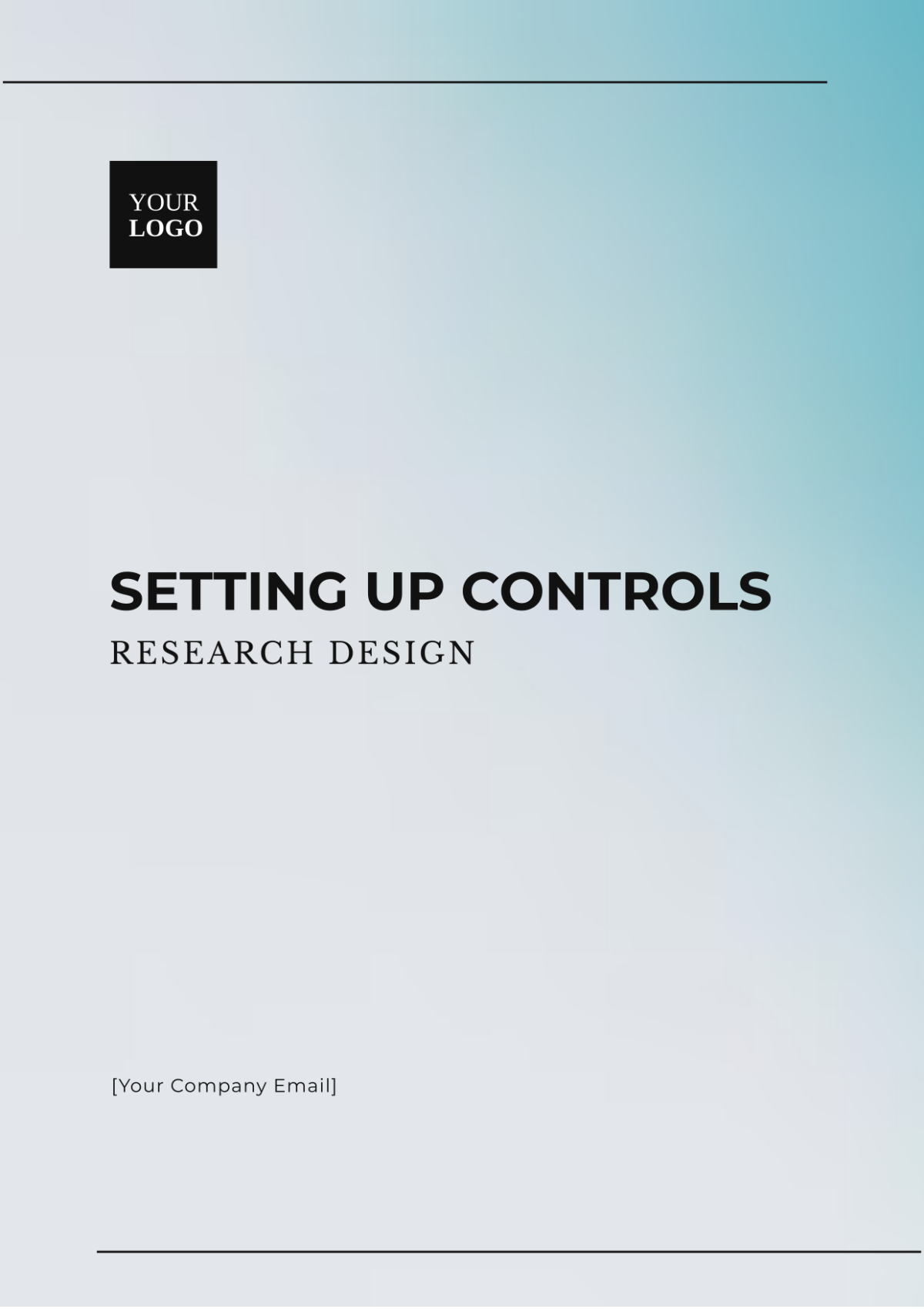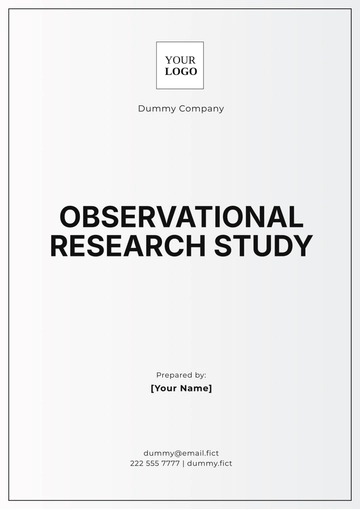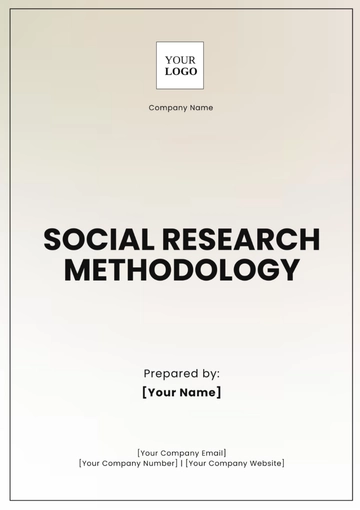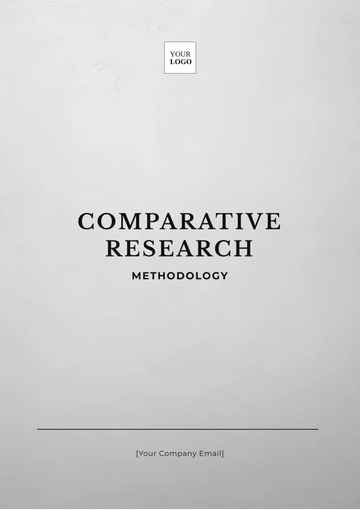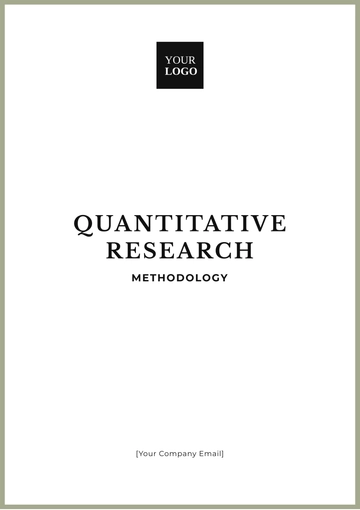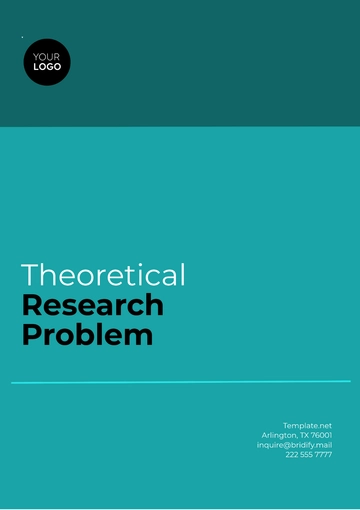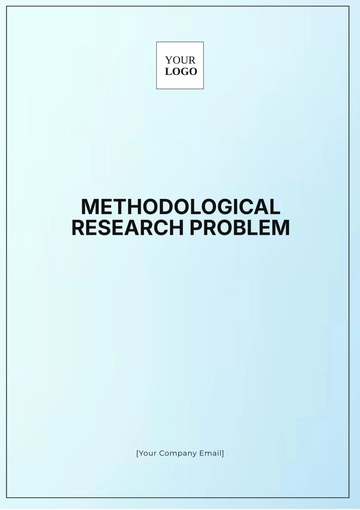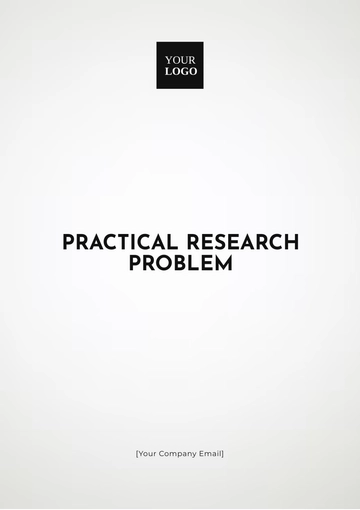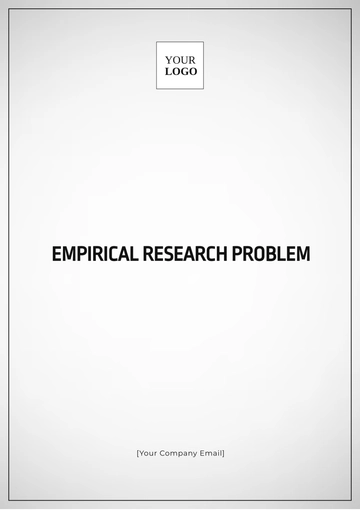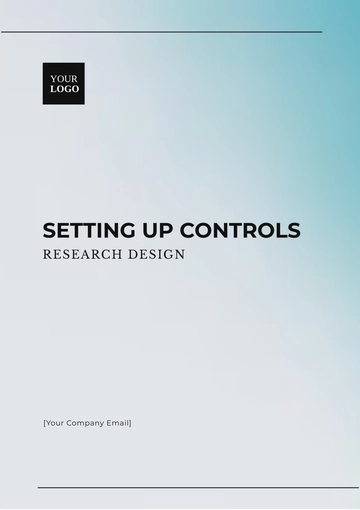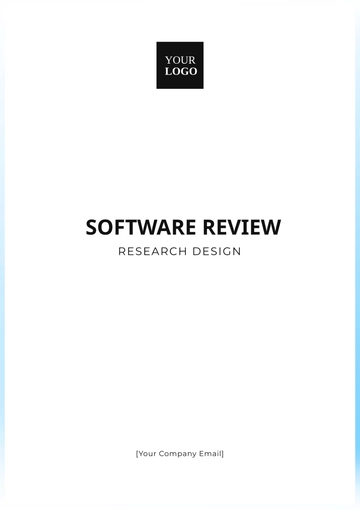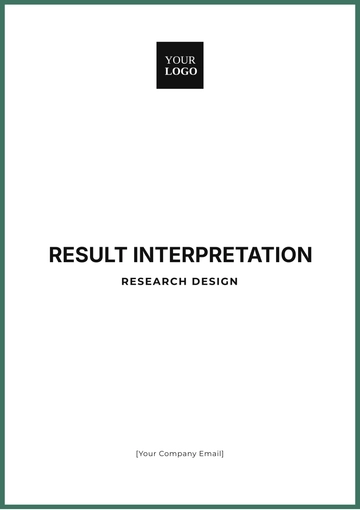Setting Up Controls Research Design
Prepared by: [YOUR NAME]
Date: [DATE]
Research design serves as a structured plan that outlines how to set up and manage controls within a research study. It details the methods for establishing and maintaining control conditions to ensure that research findings are valid and reliable. This includes defining control groups, experimental conditions, and the procedures for managing variables.
I. Introduction
The essence of a well-structured research design is to minimize biases and errors, thereby enhancing the validity and reliability of research findings. Setting up controls is pivotal to this process. By implementing appropriate control groups, experimental conditions, and variable management procedures, researchers can establish a solid foundation for drawing accurate conclusions.
II. Objectives
To Establish Control Groups
Define and set up appropriate control groups to serve as a baseline for comparison. This includes selecting between pure control, placebo, and waitlist control groups to accurately measure the effects of the independent variable.
To Implement Procedures for Variable Management
Apply procedures such as random assignment, blinding, and matching to minimize biases and extraneous influences. Ensure that these procedures are consistently applied to maintain the integrity of the research findings.
To Enhance Validity and Reliability
Ensure that the research design, including controls and variable management, contributes to the validity and reliability of the research outcomes. Aim to produce findings that are accurate and replicable.
III. Defining Control Groups
Control groups are essential for comparison purposes in experimental research. They do not receive the experimental treatment, allowing researchers to measure the effect of the independent variable by comparing outcomes between the experimental and control groups.
IV. Experimental Conditions
Experimental conditions are the different scenarios or environments under which the experiments are conducted. Properly defining these conditions is crucial to isolate the effect of the independent variable.
Condition | Description |
|---|
Independent Variable (IV) | The variable that is manipulated to observe its effect. |
Dependent Variable (DV) | The variable that is measured to see the effect of the IV. |
V. Managing Variables
Effective management of variables is necessary to ensure that the results of an experiment are due to the manipulation of the independent variable rather than extraneous factors.
VI. Procedures for Managing Variables
The procedures for managing variables include a series of steps and techniques to minimize the influence of extraneous factors and confounding variables.
Random Assignment: Allocate participants to control or experimental groups randomly.
Blinding: Implement single-blind or double-blind procedures to reduce bias.
Matching: Pair participants with similar characteristics to control for confounding variables.
VII. Conclusion
A comprehensive research design that effectively sets up and manages controls is fundamental to producing reliable and valid research findings. By meticulously defining control groups, experimental conditions, and procedures for managing variables, researchers can ensure the integrity and accuracy of their studies.
VIII. References
Smith, J., & Doe, A. (2052). Understanding control groups in experimental research. Journal of Research Methods, 12(3), 145-158.
Williams, K. (2051). Effective management of variables in psychological experiments. Behavioral Science Journal, 24(2), 102-116.
Research Templates @ Template.net
